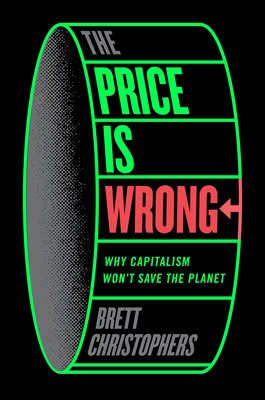What do you think?
Rate this book


565 pages, Kindle Edition
First published January 1, 2024
if private capital, circulating in markets, is still failing to decarbonize global electricity generation sufficiently rapidly even with all the support it has gotten and is getting from governments, and even with technology costs having fallen as far and as fast as they have, it is surely as clear a sign as possible that capital is not designed to do the job.
And so we remain in a paradoxical world that seems, at least, ripe for reform. The economists and economic commentators mentioned above do not quite put it in these terms, but the reality today in liberalized electricity systems such as Europe's is that, to secure financing, renewables developers ordinarily do everything they can - whether it be through feed-in tariffs, corporate power purchase agreements or financial hedges - to avoid selling their output at the market price. This, in fact, is arguably the market's signal feature - a form, if you like, of categorical negation: we have a market that perversely requires certain increasingly significant participants to systematically evade its own price signals.
the state is in fact already deeply implicated in the project of electricity decarbonization. Through renewables capacity auctions and feed-in tariffs and the like, it plays a fundamental role not just in shaping the pace and form of decarbonization, but also in funding it. Only it typically does not own and control the assets and income streams that eventuate; it takes the risks - actively removing them from the shoulders of reluctant developers and financiers - yet seldom gets any of the pecuniary rewards. If the state is already doing so much, to drive electricity decarbonization, does it not make sense, critics of electricity's current political-economic configuration have long asked, that the financial and operational ledger should be evened up?
Markets never will cohere 'naturally' and unproblematically in this setting. Doing the same thing over and over again and expecting different results may not always amount to insanity, but nonetheless attempts to 'reform' and 'improve' the electricity market are doomed, and, as the climate crisis escalates, such attempts summon a mishmash of fearful metaphorical imagery. 'Roads to nowhere' is certainly one such image. 'Fiddling while Rome burns' might be more apposite yet.